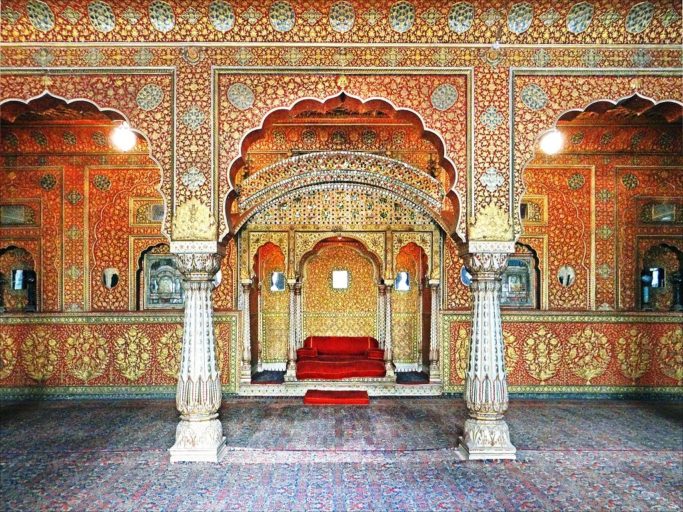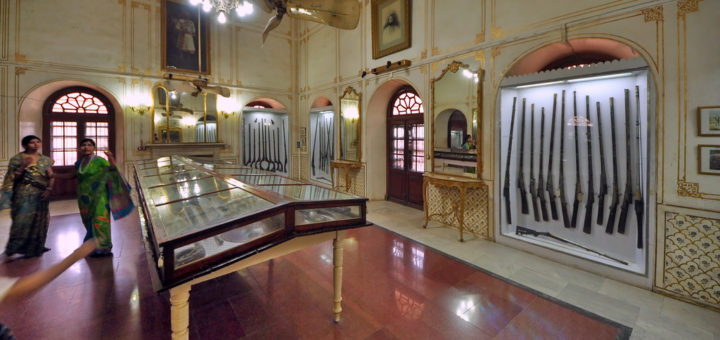JUNAGARH FORT AND ITS RAJPUTI ARCHITECTURE
JUNAGARH FORT BIKANER
This famous fort was located in the city of Bikaner, stands proudly as a symbol of invincibility. The fort was originally called Chintamani and was renamed Junagarh or “Old Fort” in the early 20th century when the ruling family of bikaner moved to Lalgarh Palace outside the fort limits. The foundations of the Junagarh fort was built in 1478 by Rao Bika. This is one of those few forts in Rajasthan which is not seated on a hilltop. Rather, the modern city of Bikaner was built around the fort.
Architecture Of Junagarh Fort
The Junagarh fort is an epitome of architectural excellence. The architecture is a mix of various cultures, the earliest being the Rajput style. The earliest smear of design is that of the traditional Rajput style influenced by the alliance of the Gujarati association with the Mughals. Next, the architecture reflected semi-western influence and lastly the revivalist Rajput structures built mainly during the rule of Maharaja Ganga Singh. The magnificent fortress encloses many palaces with exquisite designs. All the balconies, gates, kiosks and other structures have been influenced by the heritage and culture of the ruler who built them.
The lavish structures of this fort and the exquisite beauty of each structure stand witness to the regal lifestyle that had been led here centuries ago. The Junagarh fort is called “a paradox between medieval military architecture and beautiful interior decoration.”
The museum within the fort called the Junagarh Fort Museum was established in 1961 by Maharaja Dr. Karni Singhji under the control of “Maharaja Rai Singhji Trust”. The Museum exhibits Sanskrit and Persian manuscripts, miniature paintings, jewels, royal costumes, farmans (royal orders), portrait galleries, costumes, headgear and dresses of gods’ idols, enamelware, silver, palanquins, howdahs and war drums. The museum also displays armoury that consists of one of the assorted collection of post medieval arms
*Take a look at the historic pieces of art and paintings that are displayed at the museum.
*Visit the armoury section which houses the widest collections of weapons from the medieval age.
*Take a look at the silver carriages and the carts that the royals of Rajasthan used while travelling from one place to another.
*Wonder at the incredible zari work on the royal clothes.
*Click photographs outside the museum while posing in the gorgeous Rajasthani clothes at a nominal charge.
Visit our Website for more information about the cities of Rajasthan. have a look on the customize tour packages of Rajasthan. book a tour with us and explore Rajasthan with hassle free.



Comments
Post a Comment